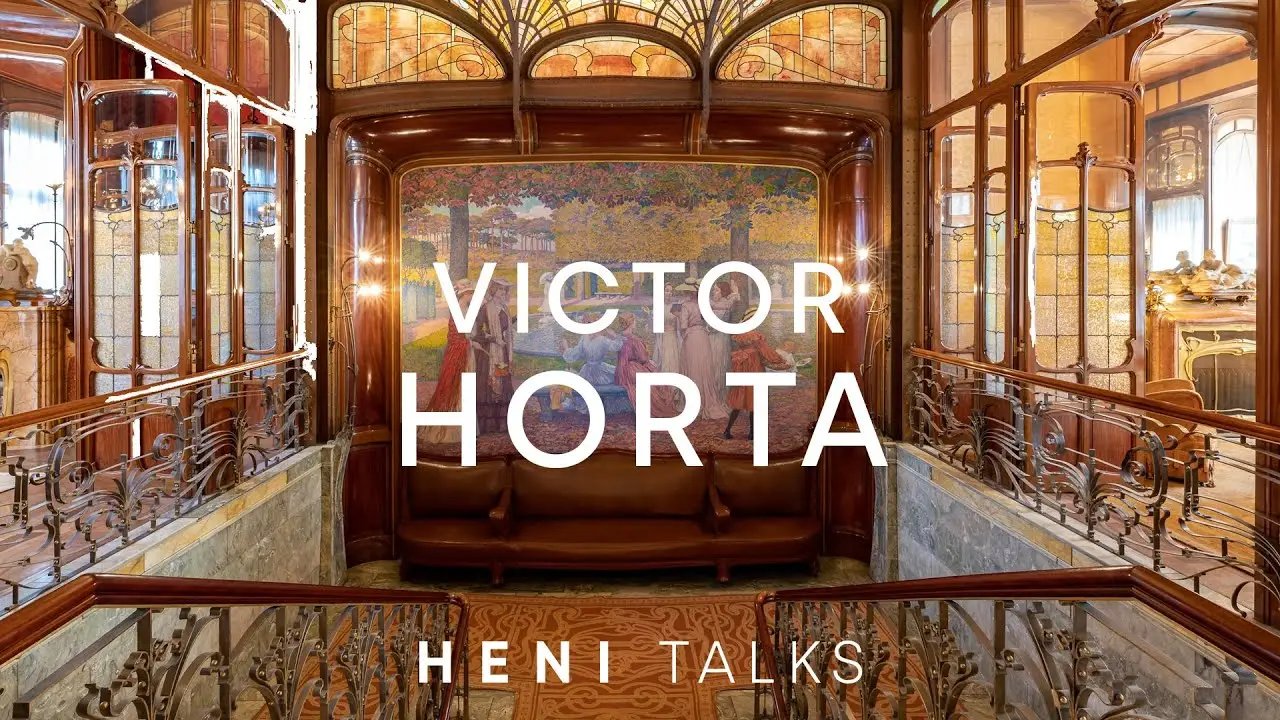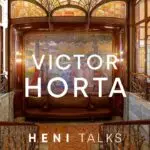The Magic of Art Nouveau: A Stroll Through History
Picture This: The Birth of a Movement
It’s the late 1800s, and Brussels is buzzing like a beehive! The city is expanding faster than you can say “architectural marvel,” and a fresh breed of architects is ready to shake things up. This is where Art Nouveau takes its first breath. This period was one of innovation and rapid change, not only in architecture but also in society, as industrialization was transforming the urban landscape. The excitement was palpable; the air in Brussels was thick with the promise of something new and groundbreaking.
A New Style is Born
Brussels wasn’t just growing; it was booming. Imagine a city tripling in size, offering a playground for young architects with their heads full of dreams. Enter Victor Horta, the man who gave us the Tassel House, an icon of modern architecture. You stand there, gazing up at its facade, feeling a mix of awe and curiosity. Classical elements are present but with a twist. It’s as if nature has taken over, with the stone stretching like skin and iron beams symbolizing industrial progress. This new style was characterized by organic forms, intricate details, and a seamless blending of art with architecture.
The Tassel House was more than just a building; it was a manifesto of a new design philosophy. The ornamental richness that adorned its façade wasn’t merely for show. Each curve and line was carefully considered, drawing inspiration from the natural world. This was a stark departure from the rigid, historical styles that had dominated architecture for centuries. The use of iron and glass, materials often associated with the industrial age, was revolutionary. In Horta’s hands, they became instruments of beauty, capable of creating spaces that felt alive and dynamic.
Inside the Mind of a Genius
Step inside, and you’re instantly transported. It’s not just about Art Nouveau’s birth; it’s about a new way of thinking. Horta orchestrated different arts into one harmonious interior, like a maestro conducting a symphony. Metal, ceramic, mosaic—they all dance together here. There’s a certain vibe in the air. It feels like a revolution, a departure from the past. Horta, once a classical architect, now plays with glass and iron, turning them into poetry. His buildings invite you to leave the bustling city behind and enter a world of calm and natural beauty.
Horta’s genius lay in his ability to see beyond the functional requirements of architecture. He understood that a building could be more than just a shelter; it could be an experience, an emotion in physical form. His designs were not dictated by tradition but were explorations of how space could be used to enhance the human experience. Light flooded through large windows, casting intricate patterns on the floors and walls, as if playing a gentle symphony with the shadows. The interiors were not merely decorated but were integral parts of the design, with every element contributing to the overall aesthetic.
Nature’s Embrace
Nature isn’t just a theme; it’s the soul of Art Nouveau. Imagine feeling at home in a petrified forest, where every curve and line whispers tranquility. Horta’s work is a testament to using beauty to uplift the spirit. The organic forms and natural motifs found in his designs were not just decorative; they were a philosophical statement. They spoke of a world where art and life were intertwined, where beauty was not an afterthought but a fundamental part of our existence. This was a time when the industrial revolution was reshaping cities, and Art Nouveau offered a counterpoint, a reminder of nature’s inherent beauty and harmony.
The influence of nature was evident not just in the visual aspects of Art Nouveau but also in its ethos. It was a movement that celebrated creativity and individuality, encouraging artists and architects to break free from the constraints of the past. This spirit of innovation was reflected in the fluid lines and organic forms that defined the style. Buildings seemed to grow organically from the ground, their structures echoing the shapes and patterns found in nature. This connection to the natural world was not only aesthetic but also philosophical, reflecting a desire to create spaces that were in harmony with their surroundings.
The Total Work of Art
The Hôtel Solvay, another of Horta’s masterpieces, brings all artistic elements into a unified whole. Open spaces allow light to flood in, and every piece of art contributes to a grand harmony. It’s a nod to Wagner’s idea of ‘Gesamtkunstwerk’—a total work of art. As you wander through these spaces, you feel the seamless blend of technology and craftsmanship. It’s a reminder that beauty and function can coexist.
The concept of Gesamtkunstwerk was central to the Art Nouveau movement. It was the idea that all art forms should be unified and that architecture, furniture, and decorative objects should all be considered as part of a single artistic vision. This holistic approach was evident in the meticulous attention to detail that characterized Horta’s work. Every element, from the door handles to the light fixtures, was carefully designed to contribute to the overall aesthetic. The result was a harmonious environment that was not only visually stunning but also deeply immersive.
This approach to design was revolutionary. It challenged the traditional boundaries between different art forms and encouraged a more interdisciplinary approach. Artists and craftsmen from various disciplines collaborated to create spaces that were not only functional but also works of art in their own right. This emphasis on collaboration and integration was a defining characteristic of Art Nouveau and set it apart from other styles of the time.
A Ripple Effect
Art Nouveau spread like wildfire, reaching every corner of Europe in no time. Horta and his contemporaries didn’t just create buildings; they started a movement. Even as styles evolved, their influence remained. Today, we look back at Brussels as the birthplace of this incredible style. It wasn’t just about decoration; it was about a vision that still resonates. The art, the architecture, the spirit—it all began with the bold steps of architects like Victor Horta.
The impact of Art Nouveau was profound and far-reaching. It influenced not only architecture but also graphic design, furniture, and fashion. The movement’s emphasis on natural forms and intricate details found expression in everything from posters to jewelry. This cross-disciplinary influence was one of Art Nouveau’s greatest strengths, allowing it to permeate every aspect of visual culture.
Even as the movement evolved and gave way to new styles, its legacy endured. The principles of Art Nouveau—its celebration of nature, its emphasis on craftsmanship, and its holistic approach to design—continue to inspire architects and designers today. The movement’s influence can be seen in everything from modern architecture to contemporary art, a testament to its enduring appeal and relevance.
Want to wear a piece of this history? Check out Tee Shirt Mania for some Art Nouveau-inspired apparel! Adorning yourself with motifs inspired by this iconic movement is not just a fashion statement; it’s a celebration of an era that forever changed the landscape of art and design.







